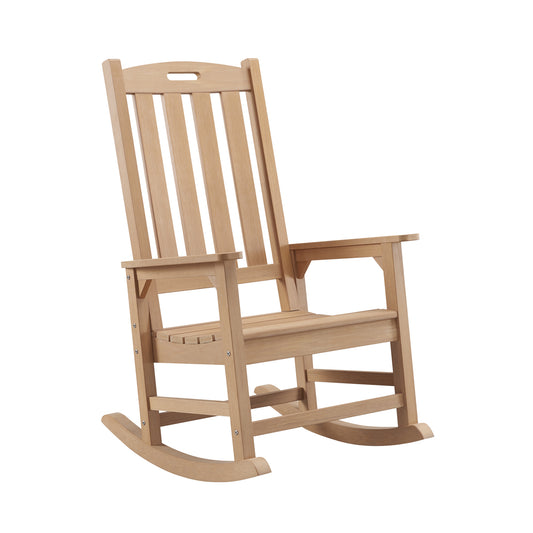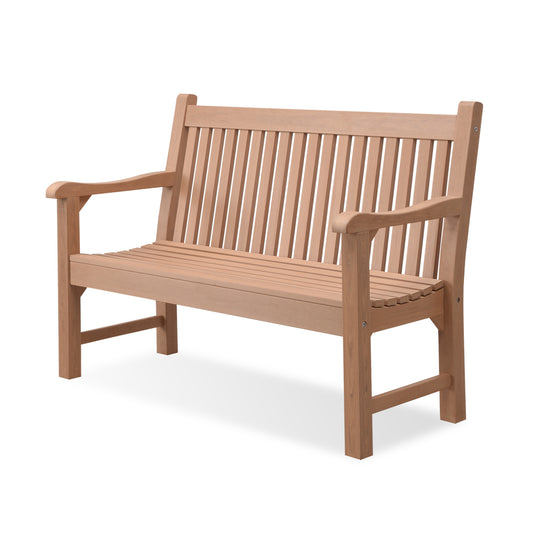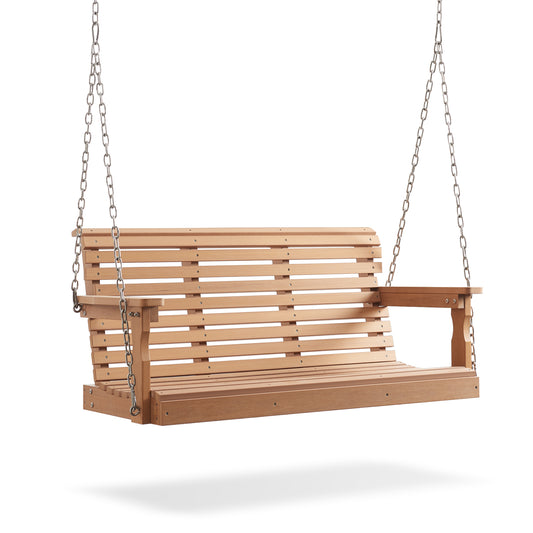How many years does it take for a tree to become a piece of furniture?
From the small saplings, the trees must go through strict screening, then they need dozens or even hundreds of years before their trunk grows thick and can be used as wood. Up with human demand for wood, even the fastest-growing poplar tree takes at least 5 years to grow 15cm thick (other tree species may take decades), while most of them are used as chopsticks, packaging materials, and paper which are in huge demand. However, the raw materials of office furniture with low output rate and high demand do not have such sufficient wood. According to statistics, the output rate of solid wood furniture is less than 30%, and most tree species are only 10%, which is the most wasteful category of wood.
The 2020 Global Forest Resources Assessment report found that:
Since 1990, a total of 420 million hectares of forests have been destroyed globally, that is, trees have been felled and forest land has been converted to agriculture or infrastructure. Between 2015 and 2020, approximately 10 million hectares of forests have been deforested globally each year.
FAO Senior Forestry Officer Anssi Pekkarinen said, “Although the rate of forest destruction has declined in the past ten years, this is still a serious problem. According to the current progress, the international community may not be able to achieve sustainability in 2030. The goals of sustainable forest management in the development agenda. We need to intensify our efforts to stop deforestation and better release the potential of forests in sustainable food production, poverty reduction, food security, biodiversity conservation, and climate action. " 
Forests provide food and livelihoods for millions of people around the world, provide homes for more than 60,000 different trees, 80% of amphibians, 75% of birds, and 65% of mammals on the earth, while also reducing carbon emissions, It plays an important role in tackling climate change.
The latest version of the "State of the World's Forests" report released by the United Nations pointed out that the rate of deforestation and forest degradation is still alarming, which is the main reason for the continued loss of global biodiversity.
The outbreak of COVID-19 highlighted the importance of protecting and sustainable use of nature, and once again made us realize that human health depends on the health of ecosystems.
Let the forest do what they should do.
After all,
"The best end of a tree is not to become a furniture, but to become a paradise of life."

















